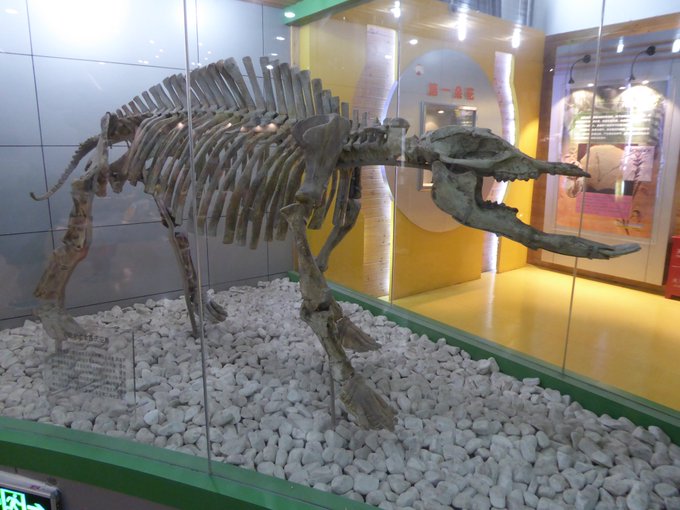Eurasia,のTwitterイラスト検索結果。 14 件
Day 22: Platybelodon grangeri
This Ambelodontid proboscidean was a strange relative of modern elephants from the Miocene of Africa and Eurasia, famous for their shovel-like lower jaws and extended lower incisors. #marchofthemammals2023 #paleoart #digitalillustration #elephant
Stoat
The Stoat is a broad classification for the 37 subspecies that are identified throughout the world, and are endemic to North America, Greenland, Eurasia, and New Zealand.
Paleo Fact!
Platybelodon (Flat Spear Tusk) is a proboscidean from Middle Miocene Africa, Eurasia, and North America! It's probably most well-known for its distinct long, shovel-like lower jaw! It was previously thought that it'd use this- (1/2)
Art by Tomasz Jedrzejowski!
Illustrations by Karl-Heinz Döhring of some ethnic groups in Eurasia, among others Georgian, Azerbaijani, Armenian, Avar, Kabardian, Adjarian, Abkhaz and Ossetian.
ยูเรเซีย จงเจริญ!!!
Евразия, процветающая !!!
Eurasia, prosperous!!!
It's #FossilFriday, so I thought you might enjoy these Platybelodons 😃A proboscidean (group that incl. elephants🐘) that lived ~15-5 mya in Eurasia, Africa & N. America. These are in the Beijing Museum of Natural History. #Palaeoart by Nikolai Litvinenko. #mammals #fossils
While brutal cold continues over parts of Eurasia, anomalous (poleward) transport of heat+moisture will bring well above average temperatures to the North Pole over the next week...
[Maps from https://t.co/3ktgI4YE1j and https://t.co/hX8LvnNqVp]
Of the seven species of bullfinch, the Eurasian Bullfinch was the first to be given that name. They can be found across the whole of temperate Eurasia, from Portugal to furthest tip of Russia, with some having been found on the western tip of Alaska.
#Huevember
Pero para mustélidos grandes de verdad, esperad a conocer las comadrejas y tejones gigantes que hubo por ahí en el Mioceno:
-Megalictis ferox (Norteamérica)
-Ekorus ekakeran (#Kenia)
-Eomellivora wimani (Eurasia, representado en nuestro Cerro de los Batallones, (#Madrid) https://t.co/D4kZwi3gTM
Good evening everyone! Tonight’s prehistoric mammal of the day is the chalicothere! Chalicotheres lived during the Pleistocene. They grew to 8.5 feet tall. They have been found in North America, Eurasia, and Africa. See you explorers tomorrow!🤠
Credit: Dmitry Bogdanov
Los elegantes y bellos cisnes (género Cygnus) integran la tribu Cygnini dentro de la subfamilia Anatinae en la familia Anatidae. Actualmente hay 6 especies, que viven en Eurasia, América y #Australia, donde vive el único cisne negro (dibujo: Martza). #aves #birds #biodiversity
Stoat
The Stoat is a broad classification for the 37 subspecies that are identified throughout the world, and are endemic to North America, Greenland, Eurasia, and New Zealand.
Dynamo is the X-Series' most evil man. He did its worst atrocity without remorse. He's just having fun doing his job. No one knows he crashed Eurasia, allowed Gate's uprising, and created the need for Red Alert. #MegaMan #ロックマンX @MegaManNetwork @IrregularSaturn @SoulRokkuman

































